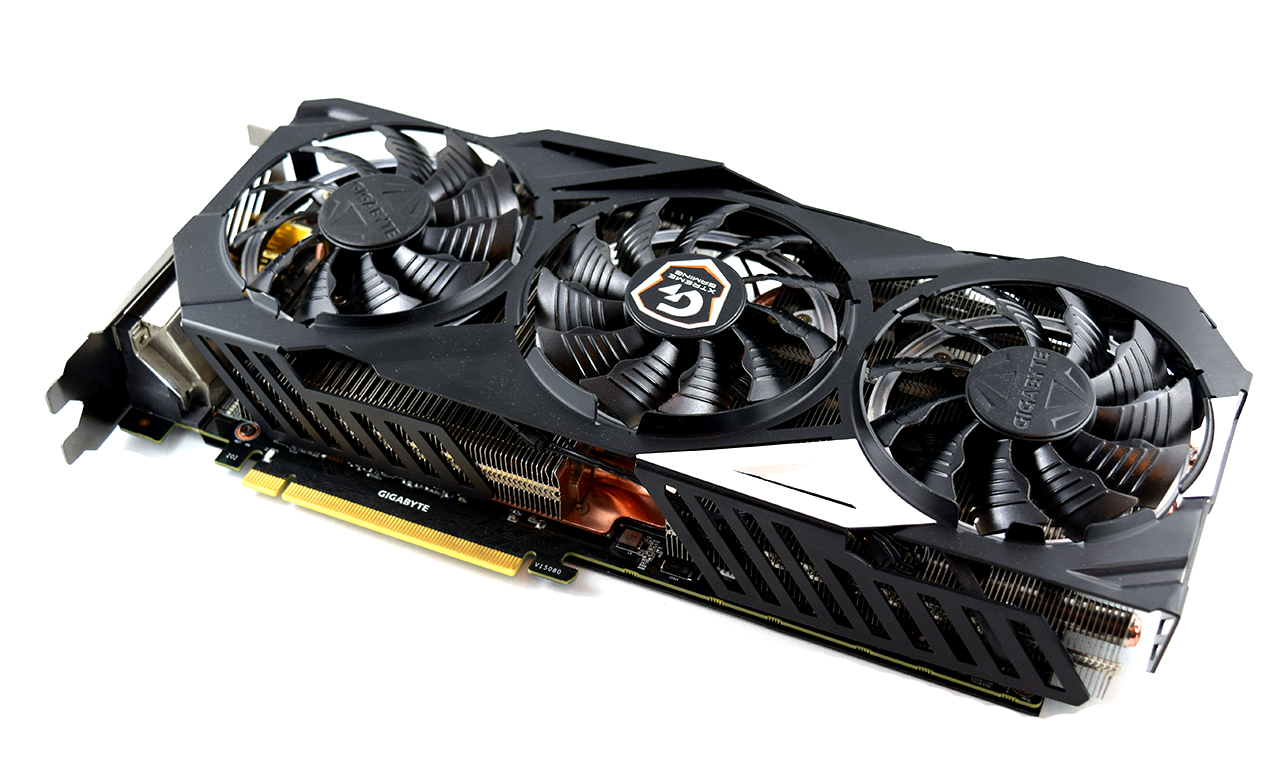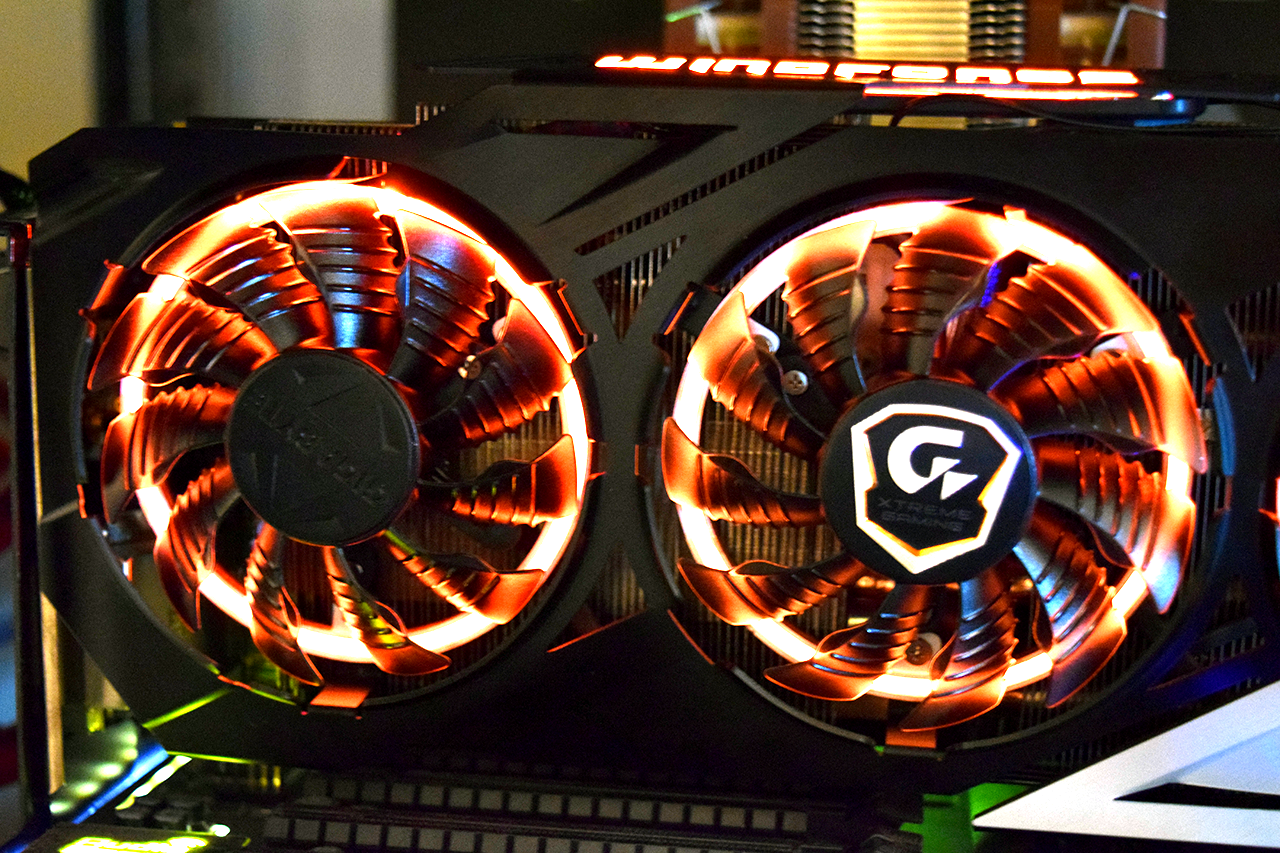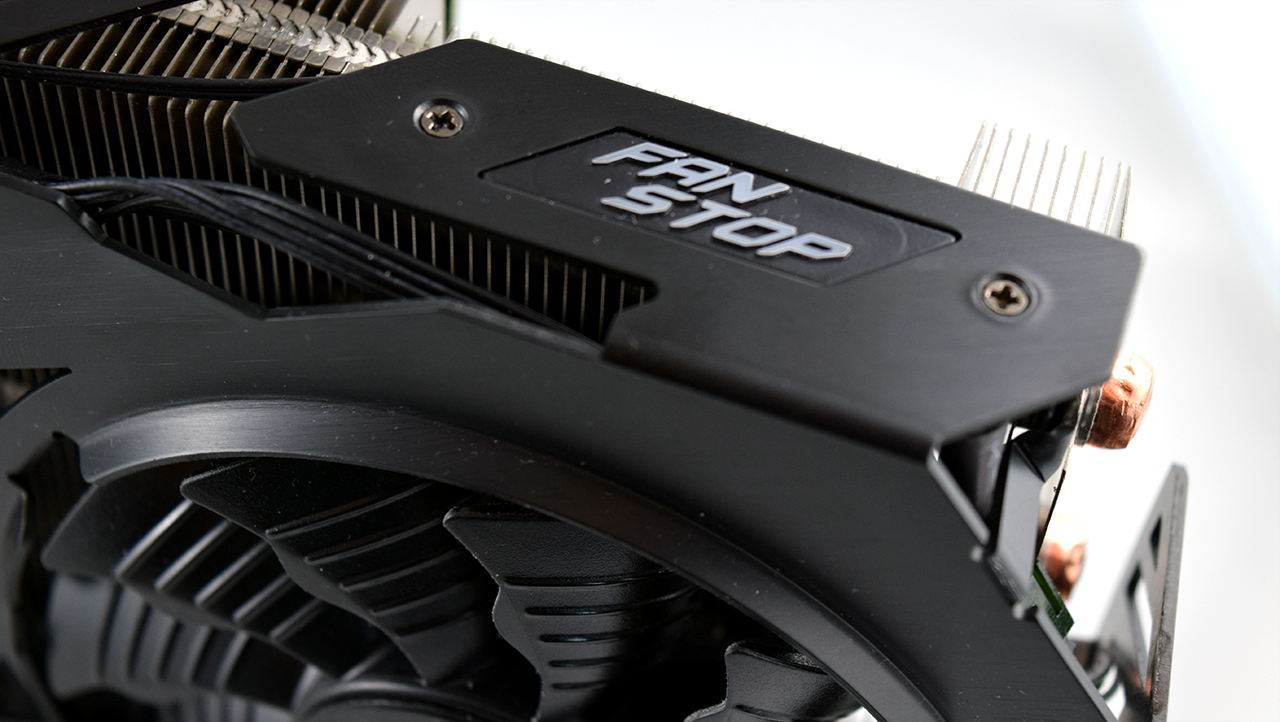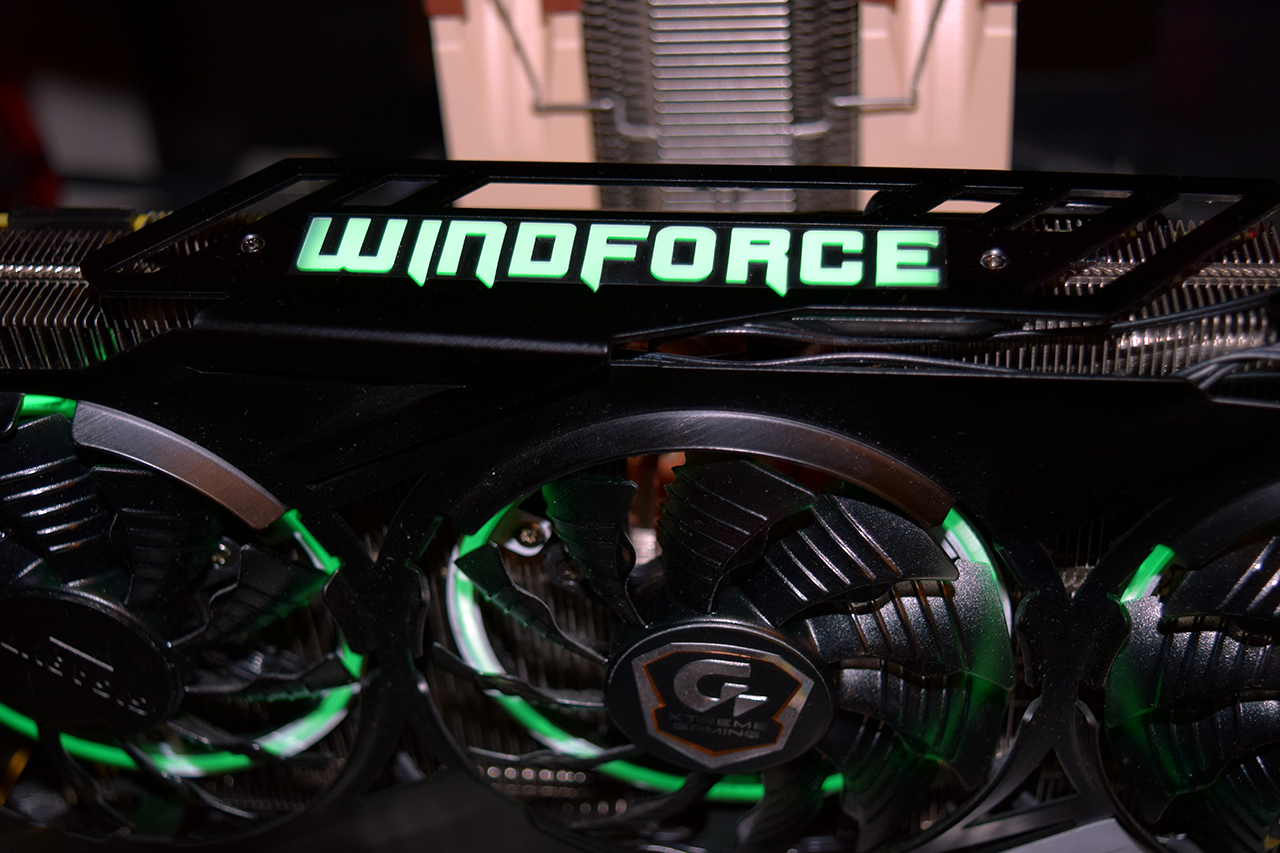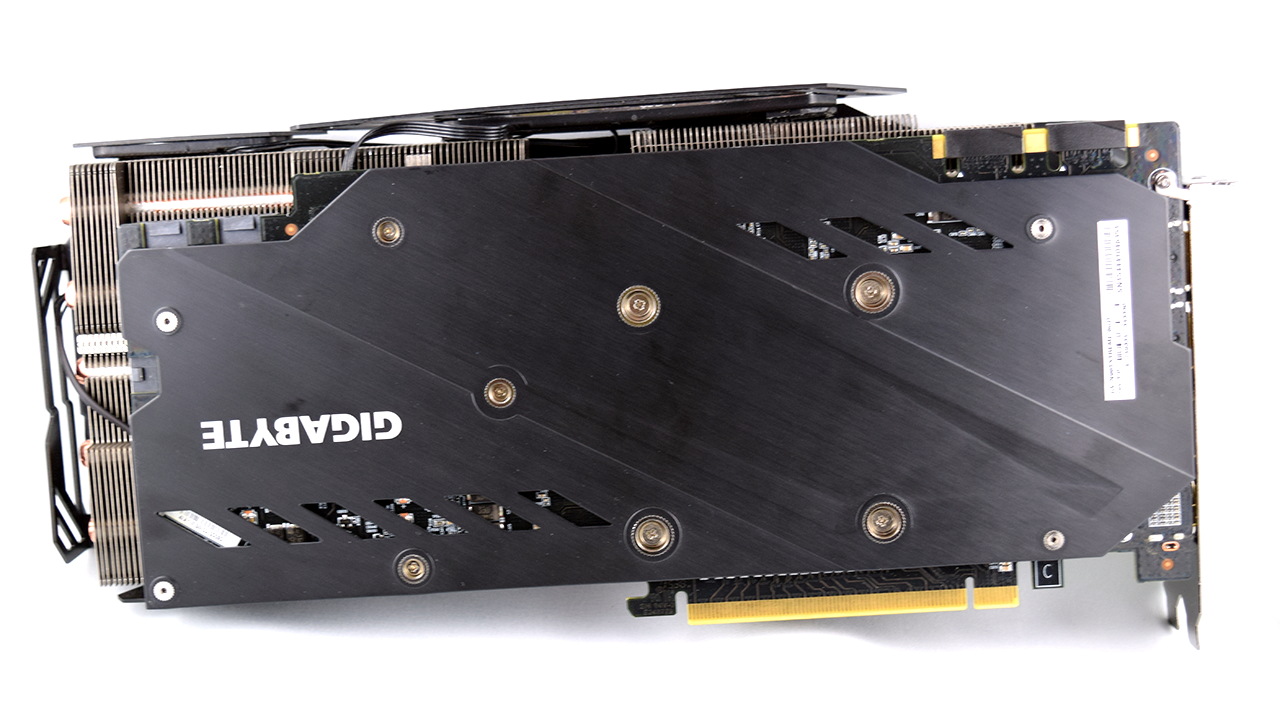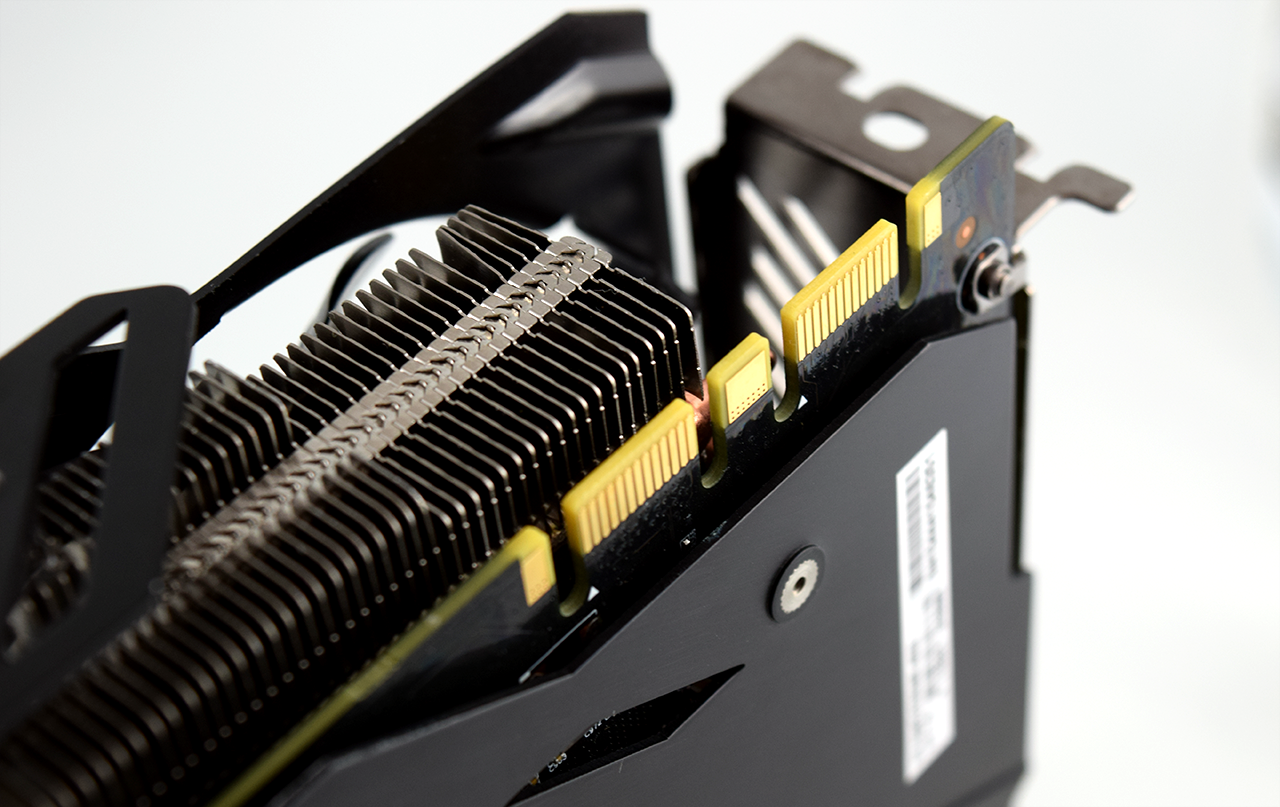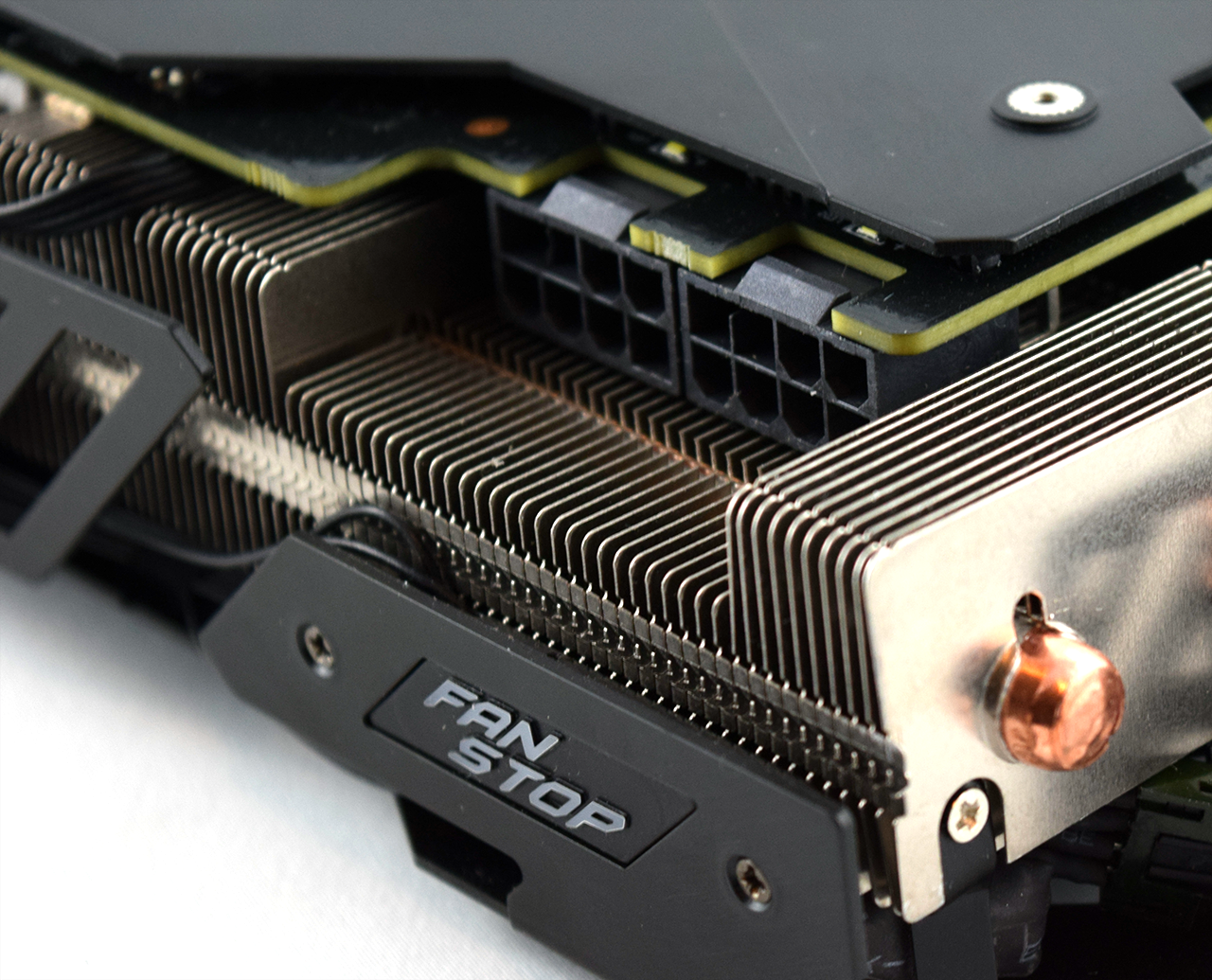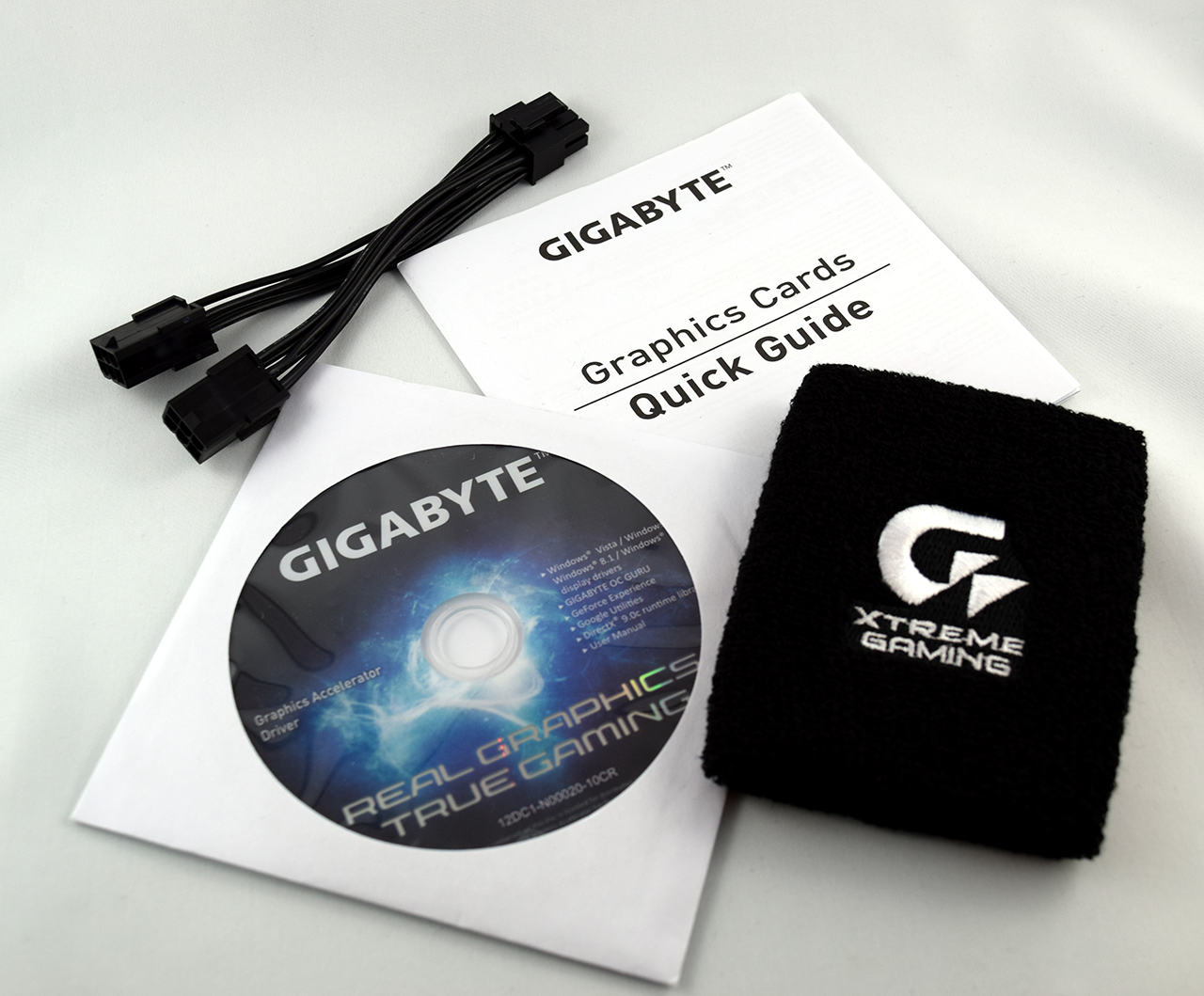Early Verdict
Gigabyte's GTX 980 Ti Xtreme Gaming is staggeringly powerful. It's the first graphics card we've tested that delivers a satisfying gaming experience at 3840x2160. It's easily the fastest single-GPU board to pass through our lab.
Pros
- +
Extreme cooling capacity • Quiet operation • RGB color profiles • Capable of gaming at 4K
Cons
- -
Default fan profile lets GPU idle hot • High power requirements
Why you can trust Tom's Hardware
Introduction And Product 360
Nvidia's reference GeForce GTX 980 Ti is already one of the fastest boards on the market. With the added benefits of a factory-overclocked binned GPU, a custom PCA and high-end cooling, Gigabyte’s GeForce GTX 980 Ti Xtreme Gaming promises even more performance.
Nvidia launched its gaming flagship last May to rave reviews, particularly from those who were dismayed by the Titan X's comparable performance and much higher price tag. In fact, much of the time, Nvidia's GTX 980 Ti is faster than the mighty Titan X.
That's interesting because the 980 Ti employs a slightly cut-down version of the GM200 GPU (it sports 2816, rather than 3072 CUDA cores). Further, Nvidia specifies that the 980 Ti includes 6GB of GDDR5 rather than the 12GB found on the Titan X. If you want the complete comparison, check out our Nvidia GeForce GTX 980 Ti 6GB Review.
The 980 Ti has a base core clock rate of 1000MHz. Nvidia's board partners have some freedom to adjust that frequency, and Gigabyte really pushes the envelope. Its GeForce GTX 980 Ti Xtreme Gaming ships with the core cranked up to 1216MHz and GPU Boost rated for 1317MHz. Gigabyte also tunes the board's memory, pushing Nvidia's 7 GT/s transfer rate to 7.2 GT/s. As a result, the company says it achieves up to 33 percent more performance than the reference version.
Specifications
Product 360
The GPUs used in Gigabyte's GTX 980 Ti Xtreme Gaming are specially selected; each one goes through the company's GPU Gauntlet sorting process. Additionally, the GeForce GTX 980 Ti Xtreme Gaming employs Gigabyte's Ultra Durable VGA technology. Its PCB has a special coating that Gigabyte says protects against damage from moisture, dust and corrosion. This board further benefits from the same high-grade chokes and capacitors found on the GeForce GTX Titan X. A 12+2-phase power design helps maintain proper load balancing.
Enthusiasts familiar with Gigabyte's graphics portfolio will notice that the GeForce GTX 980 Ti Xtreme Gaming looks like some of the company's other cards. The big difference, of course, is that its thermal solution is quite a bit larger than most of the other boards with WindForce 3X coolers.
Overclocking a large, hot GPU necessitates a capable heat sink, and Gigabyte's starts with a copper plate that directly contacts the memory modules and processor. Heat pipes draw energy away from the plate and into two sets of vertically oriented aluminum fins.
Get Tom's Hardware's best news and in-depth reviews, straight to your inbox.
Five 12mm copper heat pipes meet right above the GPU in a tight cluster, and then spread out into the second set of fins. The area above the GPU also benefits from two 8mm U-shaped copper pipes that improve the rate at which thermal energy moves away from the sensitive electronics.
All of that copper contributes to the GeForce GTX 980 Ti Xtreme Gaming's 1347-gram weight. This isn't the heaviest graphics card we've ever tested, but it's up there.
Copper and aluminum are great materials for dissipating heat, but they'd quickly be saturated without cool air moving across the card's surfaces. Gigabyte's WindForce 3X triple-fan cooler is found on many of the company's boards. But it made a change to the center fan for this particular model.
Notice that the middle fan's blades pitch a different direction than the left and right fans. The center fan spins clockwise, moving air in the same direction as the fans on either side of it.
Gigabyte also adds RGB LED light rings behind each fan, which you can control through the bundled OC Guru II software.
On some of the lower-end WindForce-equipped products, such as the GTX 950 Xtreme Gaming, the heat sink shroud is made of plastic. Gigabyte springs for higher-quality material on its GeForce GTX 980 Ti, building the shroud out of 2mm-thick brushed aluminum. It's painted mostly black, but there's a silver stripe across the bottom-rear fan. The silver parts are additional pieces of metal that get glued on.
The top edge of the shroud features Gigabyte's WindForce logo, which is lit by LEDs set to the same color as the fan rings. There's also a light to indicate when the fans stop spinning.
If you measure the GeForce GTX 980 Ti Xtreme Gaming from its I/O bracket to the edge of its exoskeleton-like shroud, the card is 11.5 inches long. From top to bottom, it's 4.75 inches tall. The heat sink and shroud actually extend beyond the length and height of the PCB. Without them, the circuit board would only measure 10.5 by 4.25 inches.
Flip the board over and you'll find an aluminum back plate covering the PCA.
Most of Nvidia's cards support multi-card configurations, and the GeForce GTX 980 Ti lets you connect as many as four boards together for improved performance. Gigabyte's GTX 980 Ti Xtreme Gaming has the two interconnects you'd need to enable such a setup. But because its PCB is taller than reference, you'd likely need a flexible link cable to connect 980 Tis from another board partner.
You'll need a power supply with plenty of output, as suggested by the pair of eight-pin auxiliary inputs. Gigabyte installs its connectors recessed somewhat into the heat sink, but the latches face outward, making it easier to remove the cables. Both inputs have a corresponding indicator light just below the latch. These LEDs stay lit when the power source is stable; they flash to alert you of a problem.
There's an additional six-pin power connector on the back of the card, along with a button marked Xtreme. Pressing the button toggles LN2 mode and activates the extra plug. Unless you're using extreme cooling, avoid messing with this setting.
Gigabyte's GeForce GTX 980 Ti Xtreme Gaming has all of the outputs you'd expect, including three full-sized DisplayPort connectors, HDMI 2.0 and one DVI-I port. From them, you can drive up to four monitors at a time.
Gigabyte clearly dedicated some effort to ensuring its heavy board doesn't get damaged in shipping. There's over an inch of closed-cell foam protecting all sides of the card from impact. Beneath the graphics card, you'll find a driver disc and setup guide. You also get a Y-connector that takes two six-pin PCIe cables and creates a single eight-pin connector in case your power supply doesn't have the requisite leads.
High-end graphics cards sometimes come bundled with extras that add value, and Gigabyte's GeForce GTX 980 Ti Xtreme Gaming card is no exception. Apparently, the company expects its customers to take part in some pretty intense action, because Gigabyte includes an Xtreme Gaming sweatband in the box.
MORE: Best Graphics CardsMORE: All Graphics Content
Kevin Carbotte is a contributing writer for Tom's Hardware who primarily covers VR and AR hardware. He has been writing for us for more than four years.




